A Guide to Chiles from Mexico: Which Is Más Picante?
- November 2020
- By Karina Corona
- Recipe from Mexico
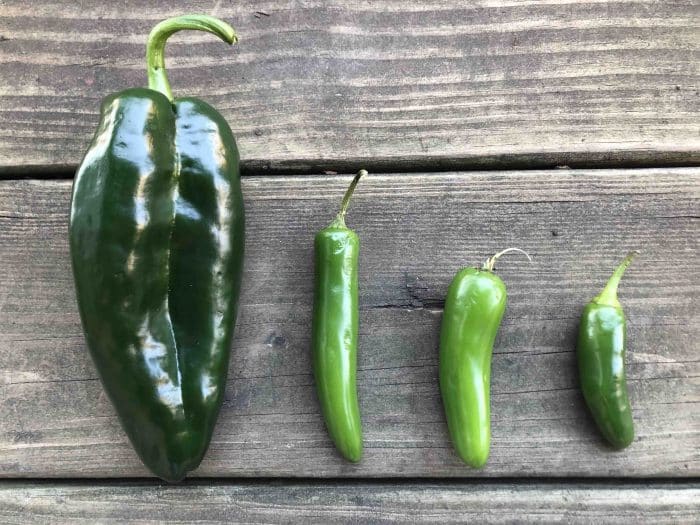
In this guide to chiles of Mexico, we look at six of the hottest peppers used in the country’s traditional dishes.
Homecooks beware. This Familia Kitchen hot take on chiles is not for the faint of flavor. In the Netflix cooking show The Final Table, the world’s top chefs compete in teams to impress Michelin-star palettes. In the first episode, the teams have to prepare a Mexican classic: el taco.
But as one guest judge—Mexican boxer Julio Cesar Chavez—tastes each team’s spin on tacos, he can’t help but wishfully think aloud: ¿Y el chile?
6 Top Chiles of Mexican Cuisine
It’s no secret that Mexicans love a little chile picante in their cooking, but deciding which pepper to use is both a science and an art form.
Mexico produces more than 60 types of chiles, so it makes sense that they are fundamental to the country’s cuisine. Whether it’s region, type (fresh or dried), complexity, use or heat, every chile brings a special something.
Here’s an overview of some of the most popular peppers in Mexican cooking, how they’re used, and how much heat they pack based on the Scoville Heat Scale (SHU). SHU is named after pharmacist Wilbur Scoville, who in 1912 created a system to measure their picante factor. His resulting scale tracks chiles from 0 (nada) to 80,000 (hot lava).
Some chile FYIs: Dried is usually hotter than fresh (it has más capsaicin, the chemical compound that makes a chile picante). Smaller chiles tend to have more heat than larger ones—like the poblano.
Chile: Poblano
SHU: 1,000 to 1,500
Familia Kitchen translation: A good “intro” chile: mild.
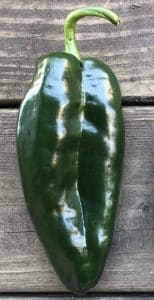
This chile originated in the central Mexico city of Puebla and is usually large green (not quite ripe) or large red (very ripe). Riper peppers usually pack more heat and are used to make dried peppers.
Good for: Poblanos are great for making chile rellenos and can be eaten raw, roasted, toasted or blended to make a salsa.
Chile: Ancho
SHU: 1,000 to 1,500
Familia Kitchen Translation: Same range as tabasco sauce—so, not too bad.
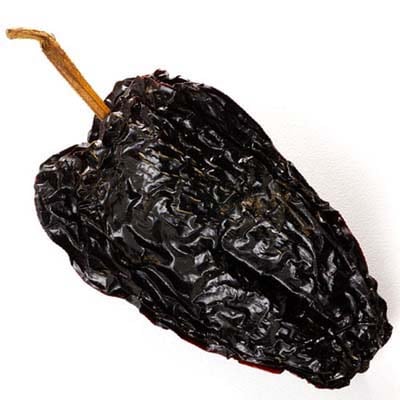
Fun fact: An ancho chile is a dried ripe poblano. Ancho means wide, fitting for this outspread chile. When dried, anchos acquire a smoky flavor. The stems and seeds are where the real spice is, so if you’re looking for the earthy flavor but not the heat, be sure to remove them before cooking.
Good for: You can toast anchos, mix them with other chiles, put them in your mole, or blend into a sauce or marinade.
Chile: Guajillo
SHU: 2,500 to 5,000
Familia Kitchen Translation: Bold pero no pica when used as a base.
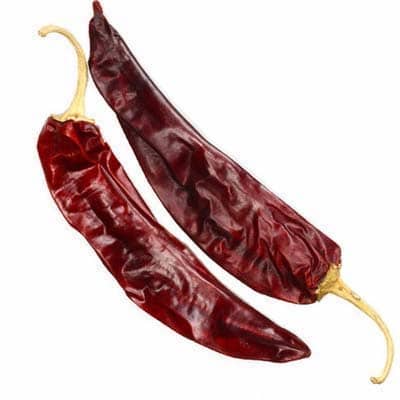
The guajillo is really just a dried version of the bright-red Marisol chile. It is usually long and thin, with a reddish-brown skin and a tangy, almost smoky, earthy flavor.
Good for: This is likely the most popular dried chile used in Mexico and is tapped for salsas, marinades, moles and even pozole.
Chile: Jalapeño
SHU: 2,500 to 5,000
Familia Kitchen Translation: This is where it starts to get hot…
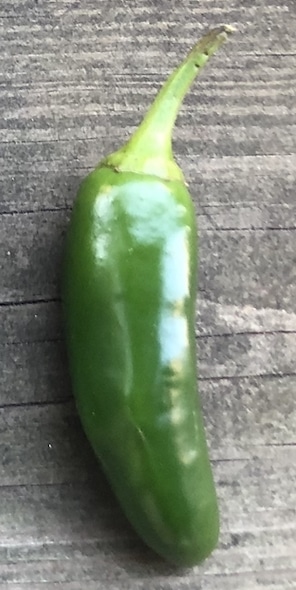
This fresh chile is by far the most recognizable pepper in its green state, but can change hue depending on ripeness. True to color form, darker, deep-verde jalapeños are less hot (and more commonly used in the United States) and red jalapeños pack más punch.
Good for: You can pickle, grill or stuff jalapeños or throw in a raw slice into a cocktail shaker for a spicy margarita. Oh, and pro tip: Avoid touching your face when working with this papper. Take it from someone who (now) knows better.
Chile: Serrano
SHU: 10,000 to 25,000
Familia Kitchen Translation: Proceed with caution—best for an experienced taster who likes a slow burn.

Don’t let this chile’s small size fool you. Like the jalapeño, the serrano chile’s flavor and spice changes as it ripens. The pepper can be green, yellow, orange or red. While they can vary in size, serranos are typically thin and slightly curvy.
Good for: Serrano chiles are full of flavor and can be used in salsas or enjoyed alone, sauted in oil. If you’re looking to add some heat to a side dish, put it in your pico de gallo and guacamole, or sub in a serrano for any recipe that calls for jalapeño.
Chile: Habanero
SHU: 100,000 to 350,000
Familia Kitchen Translation: Brace yourself (and have a glass of milk ready).
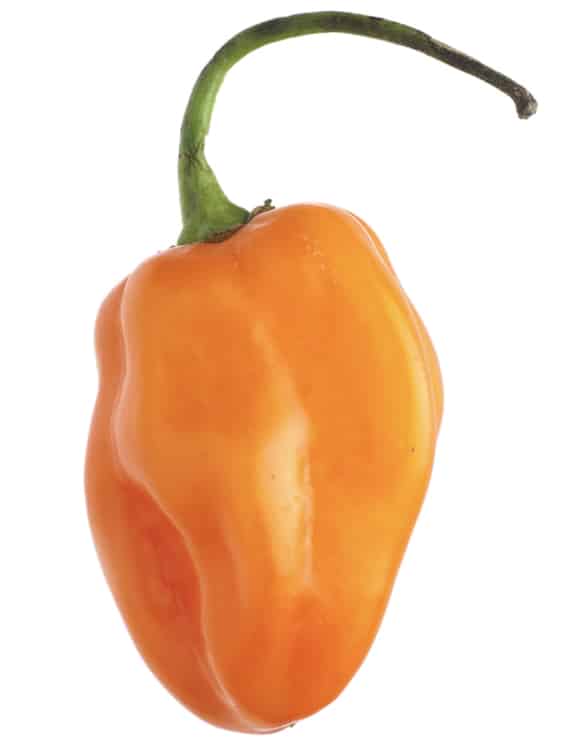
Once upon a time, the habanero pepper was considered the hottest pepper. The small, round pepper can vary between orange and red depending on ripeness and should be used with true care.
Good for: This pepper is often used in tangy sauces, like a mango salsa, or sweet and spicy marinades. A little goes a long way, so it’s best to take it slow with this guy.
Ready to get cooking with chile? Heat up your cocina with favorite family recipes from Mexico at FamiliaKitchen.com.
MoreLike This


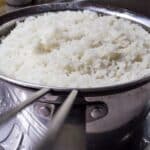
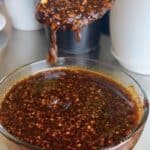


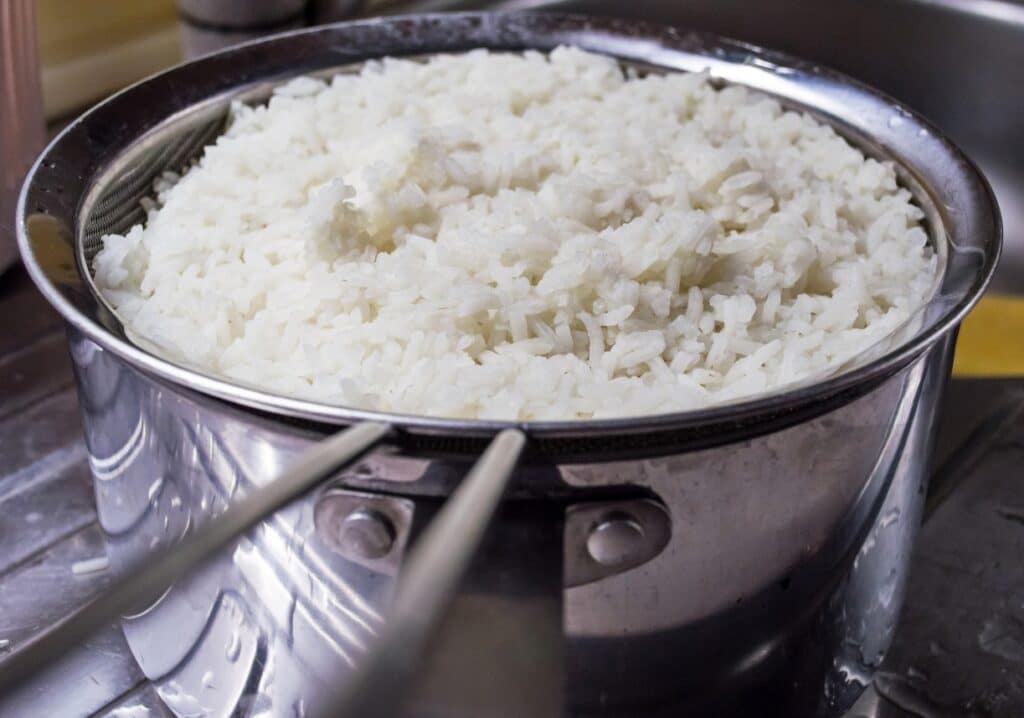


Got a question or suggestion?
Please rate this recipe and leave any tips, substitutions, or Qs you have!
Suggestions and questions from our readers
Es ”MAS PICANTE O PICOSO” … NO caliente.
Es ”MAS PICANTE O PICOSO” … NO caliente.
Tienes razón! Nos gusta “picante”
Y lo cambiaremos.